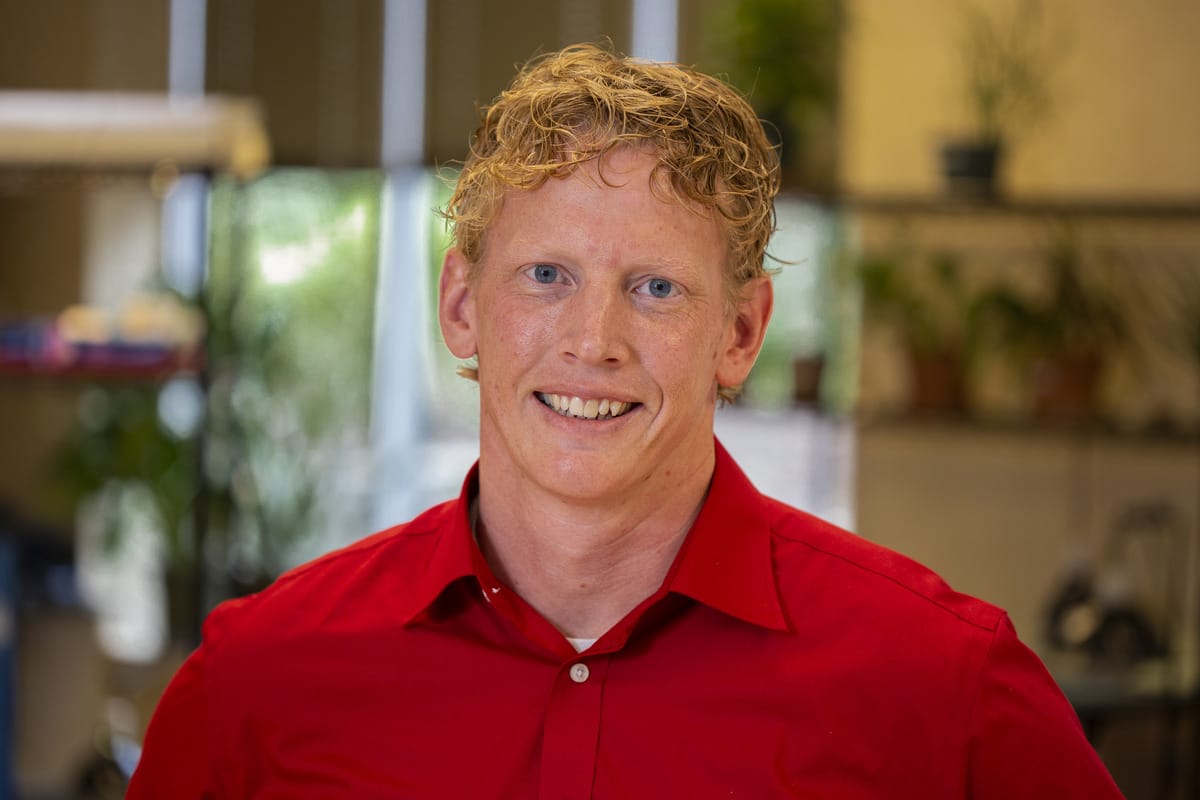Lately, I’ve been watching the birds. As the coronavirus wreaks havoc with society, I’ve had more time to observe.
Sometimes I envy the simplicity of their purpose. A robin lives to eat, to avoid being eaten, and to create more robins. There’s an elemental purity to their pursuits; birds endeavor to persist and procreate, and that’s probably about it.
I’m not so sure about the bees, though. Bees are famously altruistic. Individuals will sacrifice themselves for the good of the colony. Scientists believe it might be more useful to think about bees not as individuals, but as little pieces of a superorganism — a species in which individual members can’t survive for long on their own, but play highly specialized roles in promoting the survival of their eusocial unit.
Once you stop and observe, you find examples of selflessness throughout nature. Even our cells display altruistic behavior analogous to the sacrifice of bees. When viruses hijack our cellular machinery to replicate and, eventually, harm us, cells will disintegrate in a process known as apoptosis, sacrificing themselves to save us.
What does this have to do with teaching?
Humans are eusocial animals, too — we were made to contribute to our families, our communities, and the world. We were not made for social distancing; it makes us uneasy.
Right now, of course, social distancing is an act of altruism. We inflict on ourselves discomfort for the benefit of our broader society. That’s good and right and noble.
But as we design our approaches to distance-learning, we need to remember that we are working with young human beings — with social animals who are in the middle of the strangest time they’ve ever lived through. Today, let’s explore the most critical way to recognize our students’ humanity in the middle of the crisis.
Be the Helpers
Help them to help. This is the least-obvious and most-important way teachers can help students thrive, both during the pandemic and after. Help them to help at home. Assign students to deliver a random act of kindness to someone in their families. Recognize the reality of chores by referencing them in daily schedules. Build structures to celebrate them for the ways they make their families’ lives easier during difficult times.
And help them to help the world. Your students have a powerful role to play in stopping the spread of COVID-19. They can stay at home and stay safe, but they can also use their uniquely persuasive voices, as well as their technological skills, to change the behaviors of others and to save lives. The free Prevent the Spread project helps teachers and students do just that.
Beyond that, if students’ families have been fortunate enough to be spared from layoffs or income disruptions, encourage them to make a donation to the American Red Cross, the Centers for Disease Control, or the United Way. Create a card to encourage a senior who can’t receive visitors. Do what you can to safely support local businesses. Video chat with your friends and neighbors, especially the ones most in need of human connection.
Purpose-Based (Distance) Learning
By encouraging our students to make positive contributions at home and to the world, we give them the best tool they need to flourish: purpose. Humans were made for more than eating. We were made for more than Netflix. We live to play a part in something greater than ourselves. Help your students play their part today.

